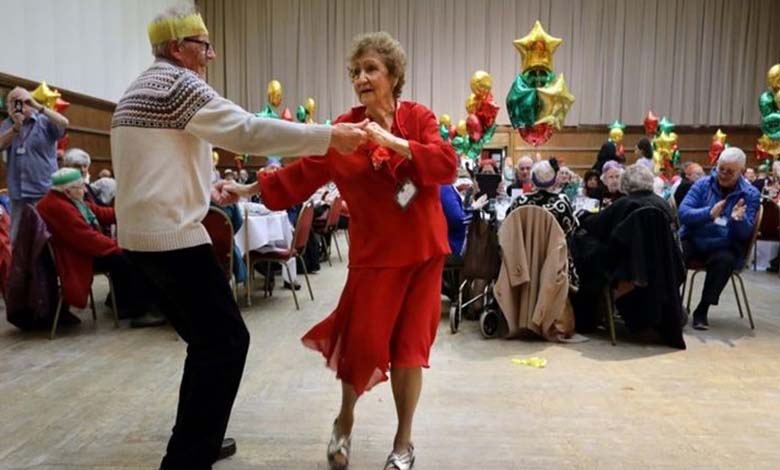Dance Brings Smiles and Balance Back to People with Alzheimer’s Disease

Alzheimer’s disease, the most common form of dementia, affects memory, cognitive functions, and motor skills in older adults. In the management of this neurodegenerative condition, medications alone are often insufficient to improve quality of life. It is in this context that non-pharmacological interventions, such as dance, are gaining scientific and clinical recognition.
-
Loss of Smell as an Early Warning Sign of Alzheimer’s Disease
-
One egg per week: A potential ally in reducing Alzheimer’s risk
Dance: A Multidimensional Therapeutic Tool
Recent studies have shown that dance combines physical activity, cognitive stimulation, and social interaction—three key factors in slowing cognitive decline and enhancing mood in patients with Alzheimer’s. Unlike simple walking or cardiovascular exercises, dance requires coordination with rhythm, memorization of sequences, and adaptation to partners or a group. This combination activates multiple brain regions simultaneously, including the motor cortex, cerebellum, and hippocampus, which are crucial for memory and spatial orientation.
Effects on Balance and Mobility
Loss of balance and frequent falls represent a major risk for people with dementia. Dance programs tailored for seniors, whether based on traditional or modern styles, improve posture, coordination, and proprioception. Structured, repetitive movements strengthen stabilizing muscles and boost confidence in walking, reducing fall risk and increasing participants’ autonomy.
-
Cats Can Develop Alzheimer’s-Like Disease Just Like Humans
-
Loss of Cholesterol in the Brain: A Possible First Spark for Alzheimer’s Disease
Psychological and Emotional Benefits
Beyond physical benefits, dance acts as a natural antidepressant. Social interaction and the enjoyment of music stimulate the release of endorphins and dopamine, neurotransmitters associated with well-being. Patients often report increased motivation, joy, and self-esteem after just a few sessions. Additionally, music- or movement-related memories may resurface, creating moments of clarity and emotional connection with loved ones.
Testimonials and Implementation
In many nursing homes and specialized centers, weekly dance workshops have produced tangible results. Marie, a gerontology facilitator, explains: “We have seen patients who were previously isolated and silent start to smile, participate, and even recall choreography from their youth. Dance gives them a form of social and cognitive life.” Physical therapists also note notable improvements in gait and overall balance.
-
Can Alzheimer’s Disease Affect People at a Young Age?
-
Eating One Egg a Week May Reduce the Risk of Alzheimer’s Disease
Dance is not a cure for Alzheimer’s disease, but it has emerged as a powerful complementary therapeutic tool. It combines physical activity, cognitive stimulation, and emotional enjoyment, improving mobility, safety, and mood. As research continues to explore its benefits, dance could become a central component of non-pharmacological care programs for people living with dementia.












